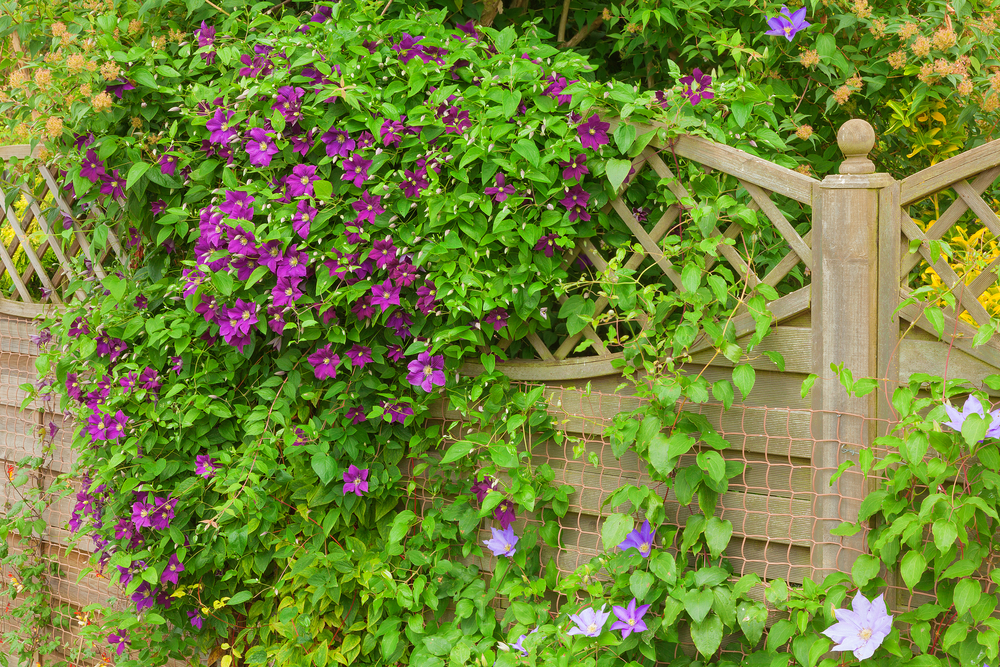
A lovely garden fence can be the perfect finishing touch for your landscape design.
Whether placed in a specific area of the yard or around the entire perimeter, fencing enhances your home’s visual appeal. It’s not just about appearance, however. Fences define property boundaries and provide both privacy and security for you and your family.
Read these helpful pro tips for selecting the right fence to enhance your home and garden.
Choosing a Garden Fence
Before exploring your options, take the time to research local zoning ordinances and any applicable homeowners association regulations regarding fence heights, materials and placement. This way, you can obtain any necessary building permits or HOA approval ahead of time.
Next, you’ll need to decide on a material and style for your fencing. You may, for example, prefer cedar, as it is a natural repellent for mosquitos and other insects, and because it offers added insulation for delicate plants.
Or you could choose ornamental iron, low-maintenance vinyl or a chain-link style.
When selecting your garden fence, consider how to best complement the look of your home and the surrounding landscape, as well as durability, privacy and the cost of installation and materials. Ultimately, the right choice for you will be the one that best accomplishes all of your goals.
Create Distinct Spaces in the Garden
Many homeowners use fencing around their property as a means of providing security and protecting their home. However, the property perimeter is not the only possible location for your new garden fence. Fencing can be used to create distinct areas within the yard, placed to define a sitting area with a fountain and benches, for instance, or to separate your children’s play area from the vegetable garden.
Take a look at the available space in your yard to determine how and where fencing might be placed to delineate outside living areas or to enhance specific landscaping elements.
Get Creative with Fencing
Although you can already select from a host of different fencing materials and styles, you can customize your garden fencing even further with just a bit of creativity. For example, you might alternate solid panels with trellis panels to add visual interest. Or you might consider varying panel heights, using taller sections along the perimeter and shorter panels within the interior to define specific spaces.
Hedges, vines and flowering plants also can be strategically planted along the interior fence line to help to create a more organic and attractive space, or along the exterior to increase curb appeal.
Outback Fencing, serving Wyoming and Utah, specializes in the sales, installation and maintenance of wood, vinyl and ornamental metal fencing. Contact us today and let our experienced team help you select the perfect garden fence for your home.

